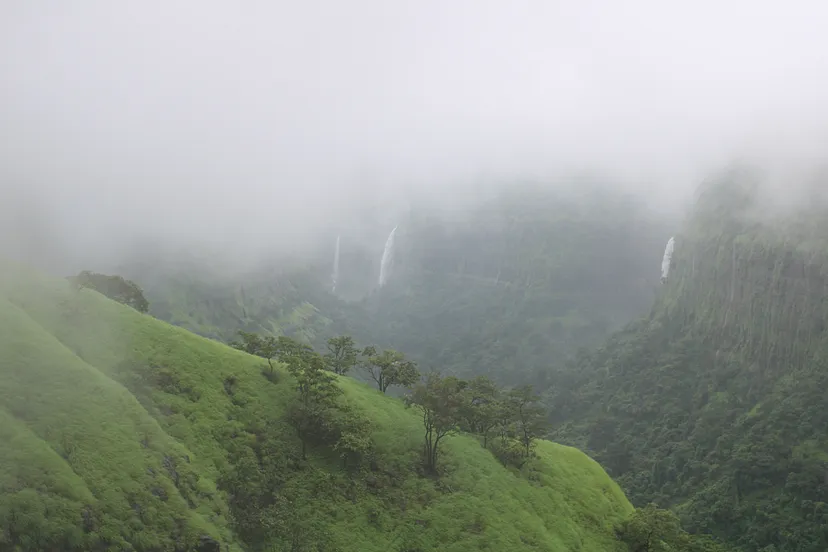We hear indiscriminate remarks like, “What have you dressed in? “You look like an Adivasi.” or “You eat like an Adivasi?” or “You dance like an Adivasi.” When we hear the term, we imagine people who wear skirts made of leaves and carry a bow and arrow while dancing around fire.
How much do we understand or try to learn more about our indigenous people in India, the Adivasis? Do we think about how these people are living in the current wave of modernization? They have different tribes and dialects, located in various parts of India. There are many tribes that still follow their ancestral ways of life, but for many, the wave of urbanisation has taken them away. The Sentinelese in Andaman have retained their ancestral way of living as they are isolated from the outside world.
Adi means early, and Vasi means resident. The Indian Constitution does not use this word. It’s referred to as “Scheduled Tribe” and “Janjati.” They form 8.6 % of India’s population. They reside mostly in Telangana, Andhra Pradesh, Chhattisgarh, Gujarat, Jharkhand, Madhya Pradesh, Maharashtra, Odisha, Rajasthan, West Bengal, and Northeast India and the Andaman and Nicobar Islands of India.
Many of us do not know that the word “tribal” cannot be used to refer to all indigenous and Adivasi communities. Tribal is used for a group of people that share collective ancestral ties to certain regions who follow similar customs. Adivasi communities are diverse and multicultural; hence, using “tribals” as a word for all would be wrong. Each tribe is unique to its region and history.
They worship nature. The trees, river, soil, rain, fire, animals, the sun and the moon are their gods. It is rightly said in a tweet by @ban.endolphin. “If any religious shrine gets destroyed, then tangibly it is just a building with sentiments, and a new one can be built in no time. But if Adivasi shrines (which are forests and mountains) get destroyed, then every creature on this planet suffers from a ‘climate crisis’.”
There are 705 ethnic tribes in India. Some of them are the Bhils and Gonds of Rajasthan, Munda of Jharkhand, Santhal of West Bengal, Assam, Jharkhand, Odisha, and Bihar, Toto of West Bengal, Bodo of Assam and parts of West Bengal and Nagaland, Angami of Nagaland, Warli of Maharashtra, Karnataka, and Gujarat, Chenchu of Andhra Pradesh, Soliga of Karnataka and Tamil Nadu, the Great Andamanese are from Andaman. Chhattisgarh is known as the tribal heart of India.

The government is approving orders from private companies for the felling of trees and diminishing forests for their capitalist benefits. These people not only lose their homes but also their livelihoods. After all these hurdles, Adivasis continue to be the guardians of forests.
The Forest Rights Act, also known as the Scheduled Tribes and Other Traditional Forest Dwellers Act, was passed in 2006. It deals with the rights of tribal communities over land and resources, which were denied by the laws during the colonial era, who commercialized forests for economic growth. The implementation of this act is yet to be a success, as there are many who are still struggling to protect their own land from which they are being evicted. The other forest dwellers are asked to submit proof that three generations before them had been living on the land. The forest dwellers have been making their livelihood in forests for a long time. There were no panchayats then. Expecting them to produce all the documents is arbitrary. In the book, by P. Sainath, Everybody loves a good Drought, He mentions an incident about a Majhi Dhurua. He lost benefits given to them as a tribal group due to a spelling mistake in the official list, which named him Dharua instead of Dhurua.
If they protest for their lands and rights, they are termed as Naxals. Many communities had faced eviction due to corruption and a lack of education. They are driven off their land for profit and left destitute. Additionally human rights violation by the security forces still continue. It is worse in areas affected by armed conflicts.
It is easy to subjugate them as they are naive and uneducated. The officers, authorities take advantage of them and rob them of their livelihood. They are blamed for relying on the forests for a living, and are accused of contributing to forest decline. The facts are often swept under the carpet, like illegal logging, cutting trees and destroying biodiversity for coal mining, building parking spaces for the metro, etc. According to the Right to Fair Compensation Act 2013, private companies can only use forest land if it is for public purposes. It should be done with the consultation of Gram panchayat and 80% consent from the people. Unfortunately, no such consent is taken from the people, and they are rendered landless.
Government or private companies should take responsibility to rehabilate them and provide them with alternate household arrangements and employment. The positive side of modernization should be welcome, like schools, hospitals, and women empowerment. The exceptional work by the Adivasis like Antiques, art, baskets, ceramics, clock making, embroidery, ornamental painting, glass work, furniture, gifts, jewelry, metal crafts, pottery, puppets, stone work, and wood work should all be promoted.


Published in www.medium.com





